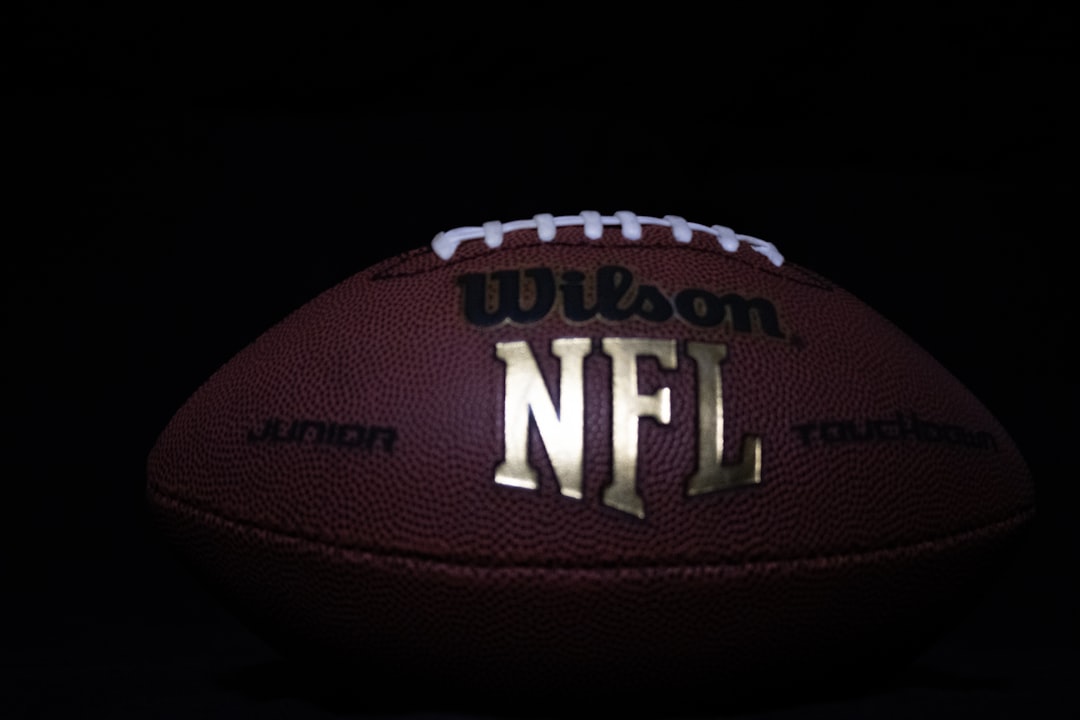When it comes to NFL football betting, one of the most common questions among both novice and seasoned bettors is whether the betting lines vary between sportsbooks. The short answer is: yes, they do. But digging deeper into why lines vary and how it can impact your betting strategy reveals a fascinating and strategic side of sports wagering that many overlook. Understanding these variations can offer a tremendous advantage for bettors who know how to spot and act upon them.
What Are NFL Betting Lines?
Before diving into how and why lines differ between sportsbooks, it’s important to understand what an NFL betting line actually is. A betting line refers to the odds and point spread that a sportsbook sets for a particular game to encourage balanced action on both sides of a bet.
- Point Spread: This evens out the playing field by giving points to the perceived underdog and taking away points from the favorite.
- Moneyline: A straight bet on who will win the game, with odds adjusting based on the expected winner.
- Over/Under (Totals): The predicted combined score of both teams. Bettors wager on whether the actual score will be higher or lower than this number.
These lines are crafted using a combination of algorithms, expert analysis, and betting trends. But even with this advanced approach, lines can—and do—differ from one sportsbook to another.
Why Do Betting Lines Vary?
Several factors contribute to differences in NFL betting lines across sportsbooks:
- Market Conditions: Just like prices in a stock market, betting lines respond to demand. If more money is being wagered on one side of the game at a particular sportsbook, that book might adjust their line to mitigate potential losses.
- Different Clientele: Some sportsbooks cater to more casual bettors, while others attract high-stakes or professional gamblers. This difference influences how the line is set and adjusted.
- Geographical Bias: A sportsbook in New York might see more bets on the Giants simply because they’re the hometown team. Books take regional loyalties into account when adjusting lines.
- Proprietary Algorithms: Each sportsbook has its own team of oddsmakers and proprietary modeling software. These differences lead to slight variations in initial lines.
All of this means that savvy bettors can find “line discrepancies”—slight variations between one sportsbook’s line and another’s—that offer greater value when placing bets.
The Value of Line Shopping
Line shopping is a strategy that involves comparing the betting lines at different sportsbooks to find the most favorable odds. It sounds simple, but it’s one of the most effective ways to gain an edge in sports betting.
For example, if one sportsbook has the New England Patriots at -3 and another has them at -2.5, that half-point difference could be the key between a win and a push (no win/loss). Although the difference may seem minor, over the long haul, these small advantages add up to a significant increase in profits.

This tactic isn’t limited to point spreads. Moneyline odds and over/under totals can also vary. Even a 5-cent or 10-cent difference in moneyline odds can lead to better long-term gains, especially if you’re placing large bets or betting frequently.
How to Compare NFL Betting Lines
In today’s digitally connected world, comparing NFL betting lines is easier than ever:
- Odds Comparison Websites: There are numerous sites that aggregate betting odds from multiple sportsbooks. These tools display line changes in real-time, making it simple to spot discrepancies.
- Mobile Apps: Sports betting apps often allow you to monitor odds from various books in one place.
- Manual Comparison: If you prefer a hands-on approach, visit the websites of multiple sportsbooks and make direct comparisons.
Online comparisons not only save time but can be automated and delivered as alerts, ensuring that bettors never miss a valuable opportunity.
How Sharp Bettors Exploit Line Variations
Professional or “sharp” bettors are notorious for exploiting line variations. They often place early bets when lines are first released and then make follow-up adjustments as the public money skews the odds. They may even use a process called middling—betting both sides of a game at different lines to profit regardless of the outcome.
For instance, imagine a sharp bettor takes a team at +3.5 early in the week. Later, due to public betting action, the line shifts to -2.5. The same bettor then places a wager on the favorite at -2.5. If the favorite wins by 3 points, the bettor wins both bets, a highly profitable scenario.

Impact of Real-Time Information
Injuries, weather forecasts, and other late-breaking news often affect betting lines. However, not all sportsbooks react simultaneously or to the same extent. This delay provides more opportunities for bettors to capitalize on inconsistencies.
For example:
- A key quarterback is ruled out an hour before kickoff.
- One sportsbook moves the line from -4 to -1.5 immediately.
- Another sportsbook might delay adjusting the line, leaving it at -4.
If you’re quick, you can jump on the mispriced line and gain a substantial edge, especially if you’re on the right side of the adjustment.
Do All Sportsbooks Aim for the Same Profit Margins?
Every sportsbook applies a margin, or “vig”, to ensure profitability. However, the percentage can vary, affecting the odds presented to users. For example, traditional sportsbooks might charge a vig of around -110 on both sides of a bet. Others, especially newer or smaller sportsbooks trying to attract traffic, might offer promotions like reduced juice or better odds to gain a market share.
Understanding this can also help you decide where to place your wager for maximum value. A book offering -105 odds instead of -110 might not seem like a game-changer on one bet, but over a season, those savings multiply significantly.
Legal and Regulatory Differences
Since the legalization of sports betting in many U.S. states, each state regulates its own sports betting market. As a result, sportsbooks operating in multiple states might offer different lines depending on regional betting behavior and regulatory requirements.
This creates another layer of opportunity for bettors who monitor multiple regulated markets. Some even use virtual private networks (VPNs) or travel to states with better lines to place high-value bets.
Conclusion
So, do NFL betting lines vary between sportsbooks? Absolutely. These variations are not just minor technicalities—they can significantly impact your return on investment. Whether you’re a casual bettor or a seasoned professional, understanding why lines differ and taking advantage of those differences is crucial to success.
In a competitive betting landscape, knowledge is power. Educating yourself about how lines work, comparing odds, and developing the discipline to seek value consistently will elevate your betting game to new heights. The next time you’re getting ready to bet on the NFL, remember: the line you choose does matter.
Happy betting—and may the odds (and lines) be ever in your favor.
